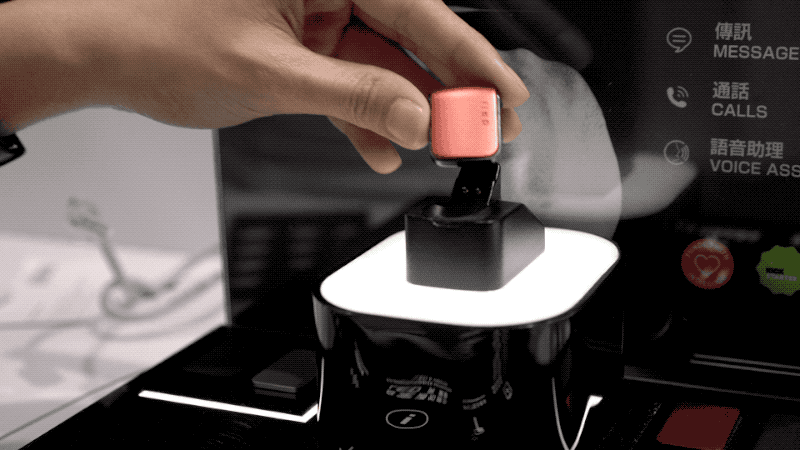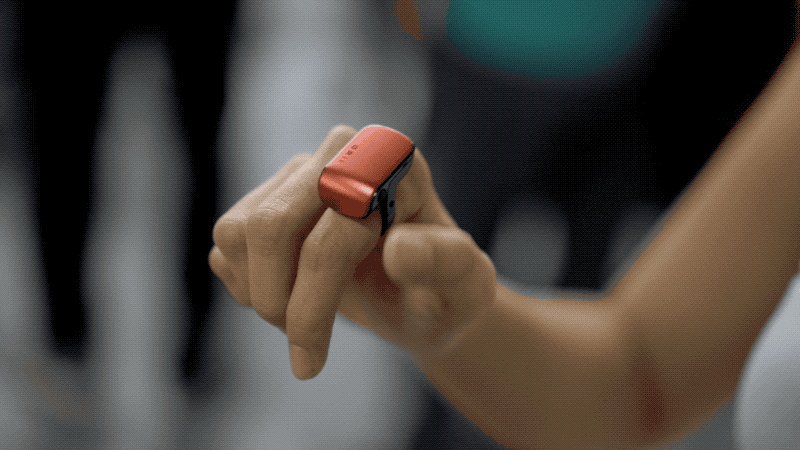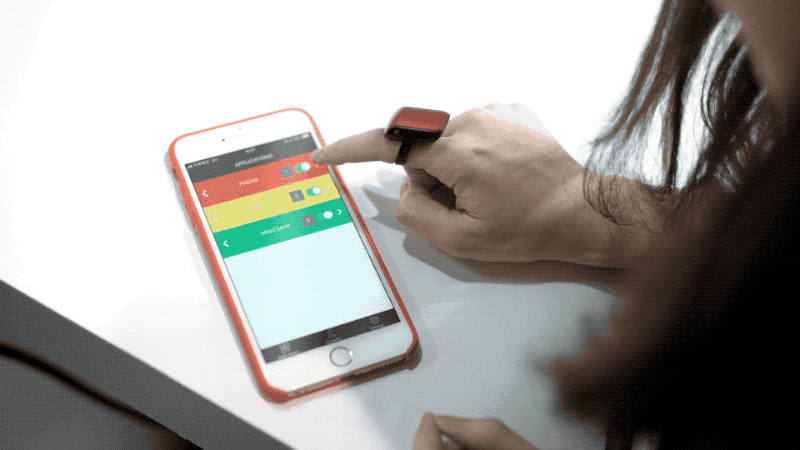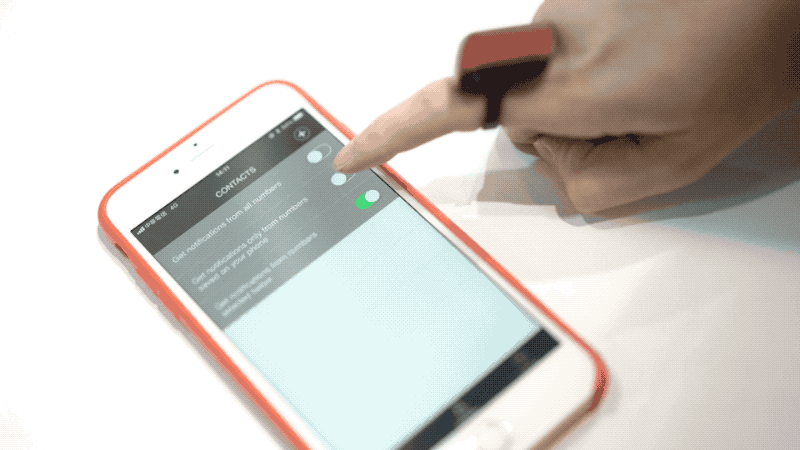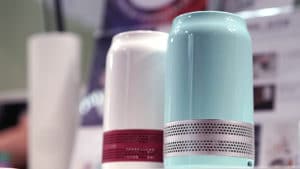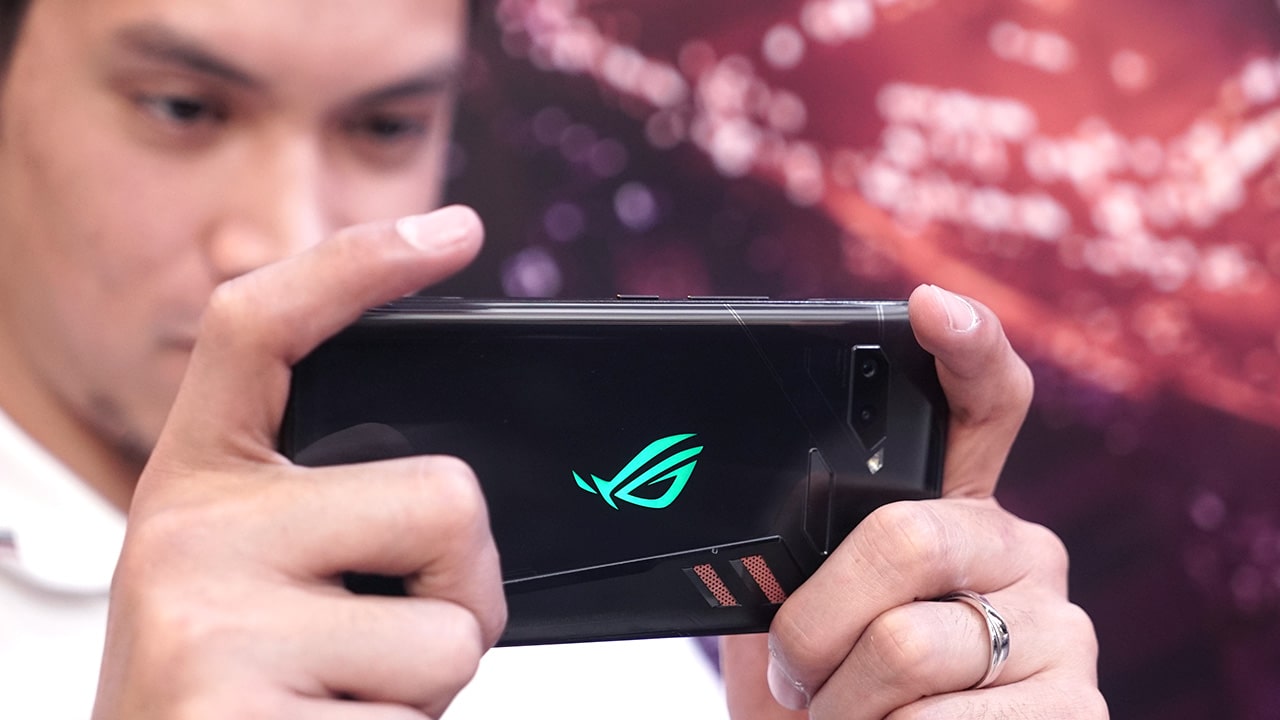
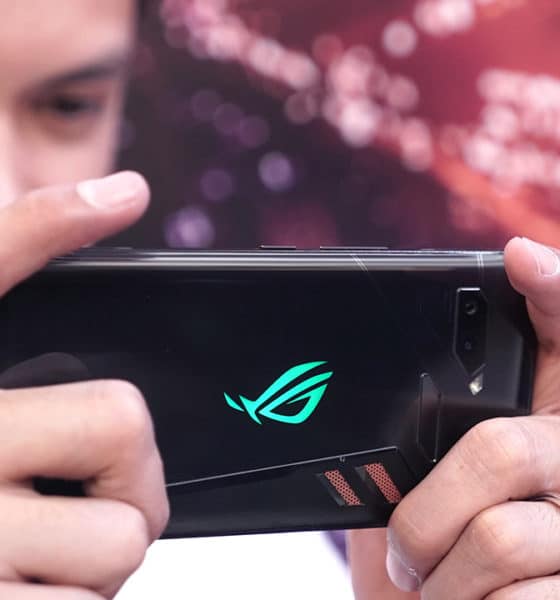
Computex 2018
ASUS ROG Phone Hands-on: When mobile gaming gets really serious
The newest gaming phone in town
ASUS just unveiled its gaming smartphone called the ROG Phone. We kind of saw this coming since ASUS has been ruling the gaming industry with their peripherals and gaming laptops, so why not release a gaming smartphone?
So far, the Razer Phone and Xiaomi Black Shark are the only options if you want a phone designed for mobile gaming. What can the ROG Phone add to the table? A lot!
Let’s start with the basics. The ROG Phone has a 6-inch AMOLED display with HDR support, but it’s not just your typical vibrant display. The phone’s panel has a 90Hz refresh rate and 1ms response time, so if you value smooth gameplay on your phone, the ROG Phone will not disappoint. It’s not as fluid as the Razer Phone’s 120Hz though, but it’s still something others don’t commonly offer on mobile devices.

Beside the display are dual front-facing speakers with copper accents that give the phone character. The phone’s overall design is pretty much the same as ROG laptops. At first look, you’ll definitely know it’s a dedicated gaming smartphone. Even the back of the phone screams ROG’s persona with distinct lines and an RGB-enabled logo. Just like a gaming keyboard, the ROG Phone’s logo shifts colors through an app. It’s a sweet feature that other gaming smartphones should also have, right?
Since we’re looking at the back, let’s talk about that unusual shape right at the middle of the phone. At first I thought it was there for design, but it’s actually the fingerprint sensor. Beside it are the phone’s dual rear cameras and LED flash. There are also visible vents to help with heat when the phone is under heavy load. Gaming can make any device heat up, so this is ASUS’ solution to the issue.
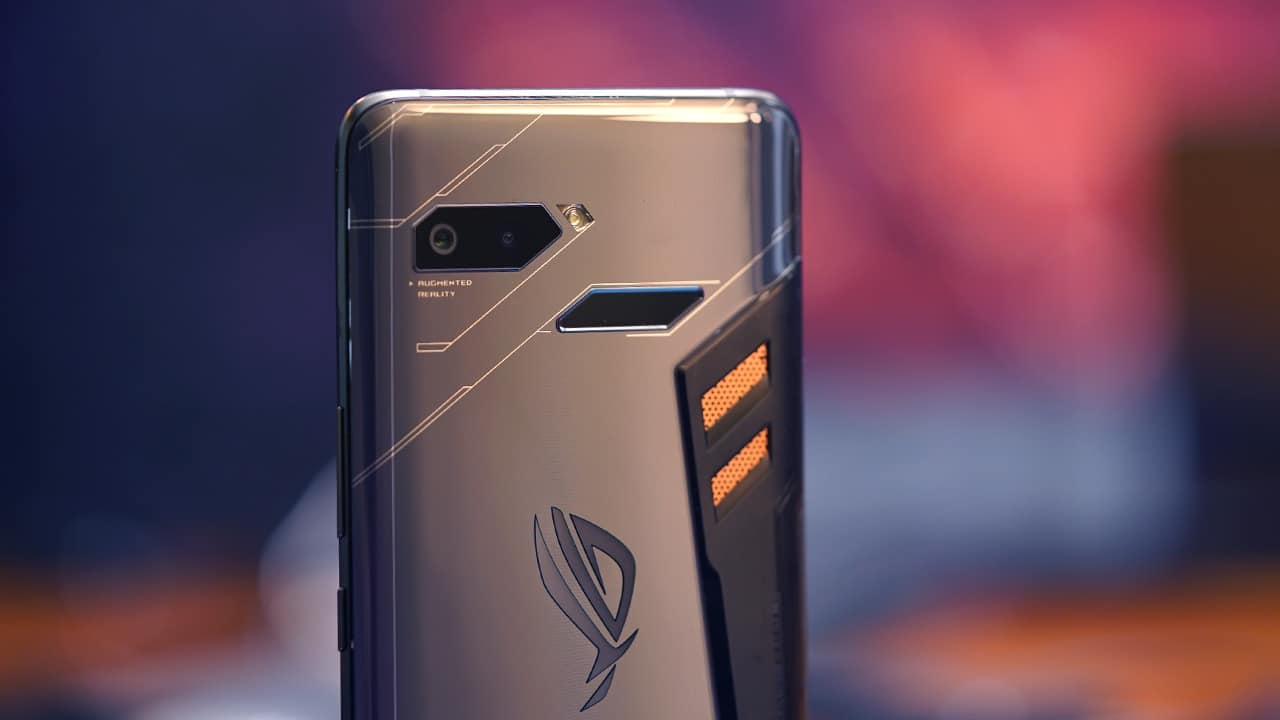
The vents are needed to cool down the fastest mobile processor available — the Snapdragon 845. This processor is already on other flagship phones, but the ROG Phone uses a slightly faster variant, making it more special than other powerful Android phones in the market. It also has 8GB of memory and up to 512GB of storage to help with the demand.
Other special traits of the ROG Phone are found on its sides. Without ruining the look the phone, ASUS was able to put shoulder buttons on their gaming handset with the use of ultrasonic sensors. It’s pretty much the same way Google Pixel’s Active Sense or HTC’s Edge Sense work, but used in game titles.
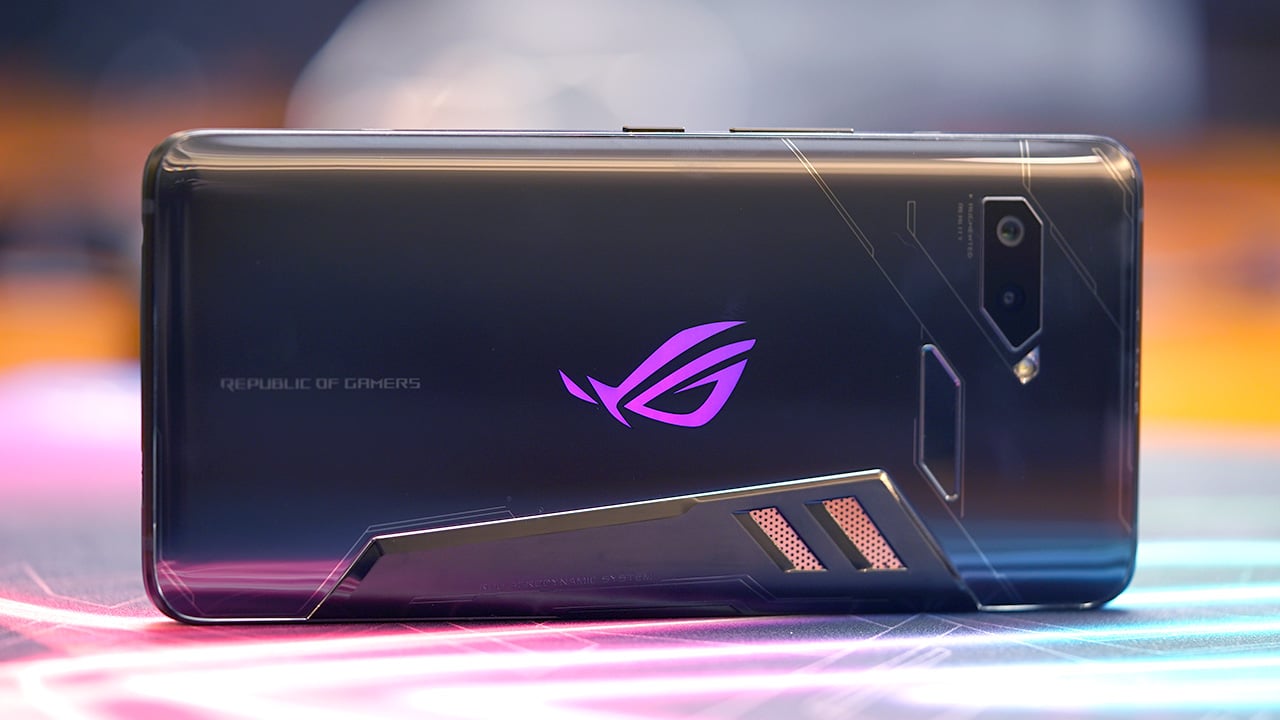
Another feature found on the side of the device is a set of special connectors for the phone’s accessories. To complete the gaming experience, ASUS made a few special peripherals including the AeroActive Cooler which comes with the box. Both the USB-C and 3.5mm headphone port of the device are located at the usual bottom side, but the AeroActive Cooler lets you play with the ROG Phone using wired headphones and a charger plugged in!
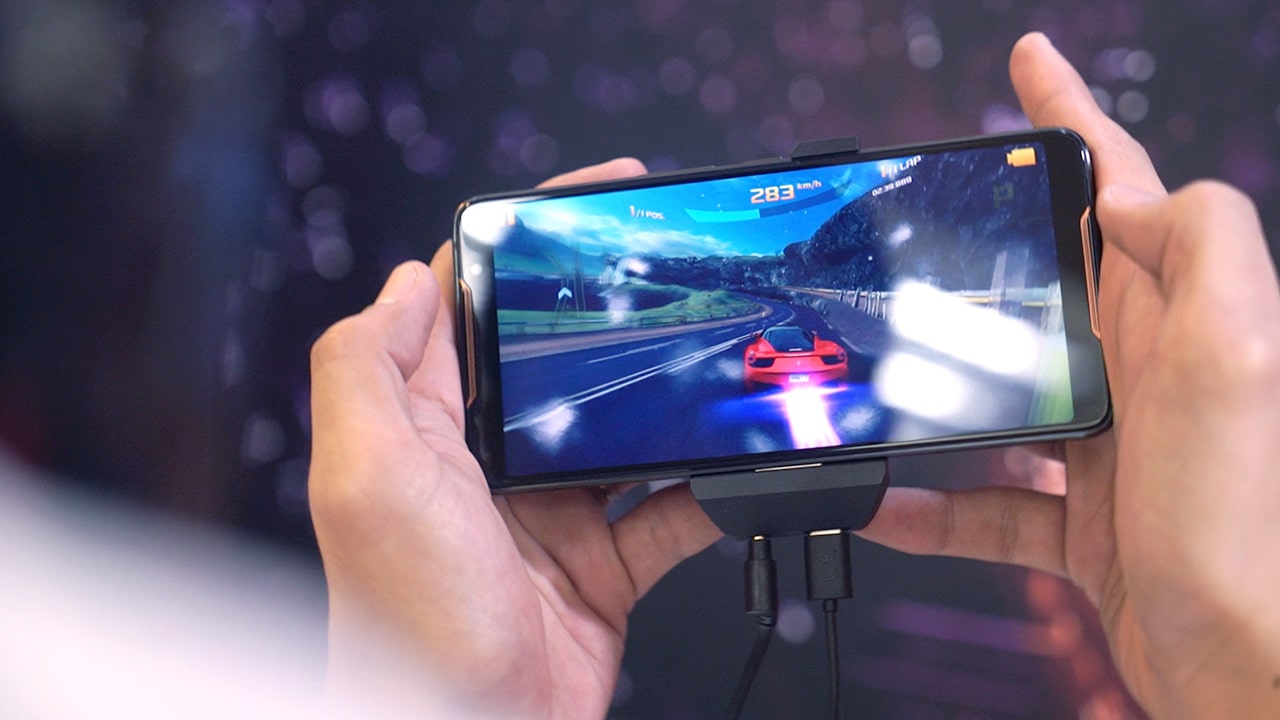
The rest of the ROG Phone accessories include the Mobile Desktop Dock that practically turns the phone into a desktop PC, the WiGig Dock by Gamevice which is a physical controller complete with buttons and joysticks attached to the handset, and the TwinView Dock which gives a second screen so you can do view two things at once like your Twitch live show.
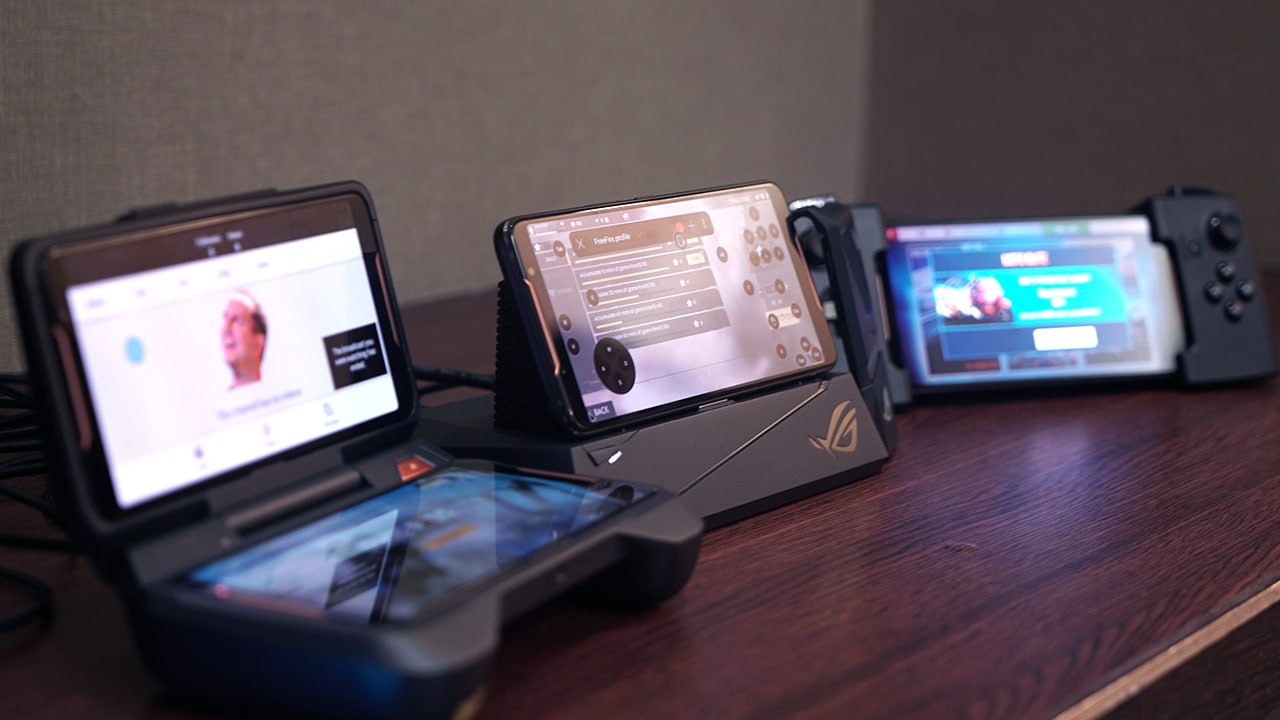
With our brief time with the ROG Phone in Taipei, we got to say it lived up to our expectations. The device performed smoothly and was able to max out the frames in virtually any game we threw at it.
We’d love to take it for a full spin soon so we can give our final verdict about ASUS’ latest phone.
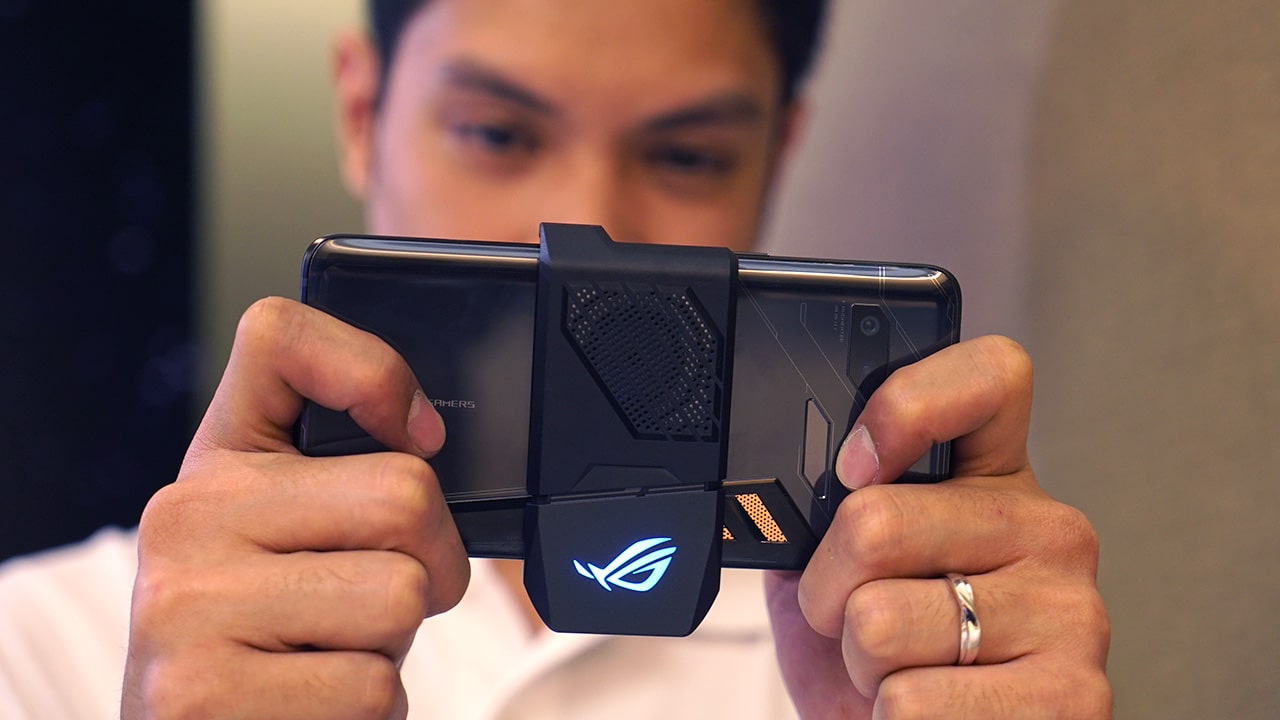


Last year at Computex, I stumbled upon a cool smart ring and wrote about it. It was also my first year covering Computex and I had honestly never heard of bone actuator tech, hence the discovery of said smart ring that allowed me to make calls with my finger blew my mind.
This was the ORII ring, and a year later, I find them again at Computex and they have even more to offer.
When I first interviewed Emile and Kevin, founders of ORII’s Origami Labs, I only saw prototypes and one functioning ring for audio demos. These days, the rings are fully functional and are shipping to initial Kickstarter backers. More functionalities are added on, with even more features to come in the future.
What’s new with ORII?
For starters, the ORII ring is even smaller and more polished. It’s now at a size that I would actually wear for the tech.
And, as promised, it comes in more colors: There’s a red one that goes well with my hair, in addition to black, silver, and gray ones. This is a big deal to me because last year, there were only black and gray rings, and now color is finally here!
The ring comes with different ring sizes, too, so it fits every finger. It’s also splash-proof with an IPX7 rating so everyday wear is a possibility.
It comes with a charging dock, but it seems that the ring won’t be on it a whole lot as it has a whopping two days of battery standby time and two whole hours of talk time. That’s a lot considering you’ll only ever be using it for short commands and calls don’t usually last that long (we hope!).
So, how does it work?
With the ORII ring, you need only your finger to be able to hear things from your phone. The ring has a built-in mic so you can actually make calls — like a real spy.
Smart assistants are also compatible with the ORII. Using just the ring, you can send messages and issue smart commands to Google Assistant, Siri, or Alexa, without even having to look at your phone.
It has gesture commands and there’s also a button on the side of the ring that you can program depending on what you want it to do. For example, just raising your finger to your ear can activate the mic, or pressing the button can trigger your smart assistant.
At the bottom of the ring is a small LED light that’s a discreet way to give you notifications. Designed so only you can see the quick prompt, the lights are also fully customizable.
Meaning, you can change the colors depending on what app is alerting…
… or even choose which people messaging get special alerts.
Think of all the things you can do with this thing! Everything will literally be at the tip of your fingers.
Admittedly, I got sentimental when I tested out the ORII again. I personally saw the growth of this tech firsthand and it’s great to actually try out technology that only a year ago, Emile and Kevin were just describing to me. They’ve come a long way from last year and yet again I am impressed with their progress.
What I love about the ORII is how different it is to what we already have in the market. It’s great to see tech that breaks out from the usual mold of what current wearables are and what they do.
I’d totally rock this ring, and it’s not just because it matches my hair.
Computex 2018
Bloo Vision is a non-invasive way to help your child’s lazy eye
As easy as playing a game!

What if I told you that you could help cure your child’s lazy eye by having him play games? One startup aims to cure vision impairment in children, one tablet at a time.
Bloo offers a non-invasive solution to the lazy eye through tech. It’s simple: Their devices use binocular training and gameplay to make sure that kids have fun in the process.
Just how does this all work? It starts with eyewear and a tablet, plus a game to play on said tablet.
These unassuming shades are custom-made. At first wear, they seem like normal glasses, but a quick look at the seemingly blank tablet will show you that they aren’t.
Playing games on this tablet with glasses custom-fitted to your child’s condition trains the eyes. By making sure that both eyes are utilized, your child’s eyes will be trained to fully function. This is similar to already-existing binocular training already being done, except there are no cumbersome eye patches, there are fun games to play, and you get to do it at your own time.
You can check out Bloo here.

Literally breathe easy with this portable device, and never have to deal with allergens and foul smells again.
This is the Luft Qi air purifier from startup company Titus&Wayne. Announced first on Indiegogo, the purifiers debuted at InnoVex during Computex 2018. I got to check them out at the event.
These tiny things, the size of a soda can, can filter the air to get rid of germs, toxic chemicals, bacteria, viruses, and even bad odors.
They’re lightweight and come in different colors — there’s even a limited edition handmade wood version available to Indiegogo backers that look especially classy. Because of their compact shape and size, they’re also ideal for those who travel. It’s particularly useful to those who are extra sensitive when it comes to allergens since you can bring it anywhere you go with ease.
Just one plug into a micro-USB power source and you’re all set; the purifier covers the surrounding 16 square meters. It’s pretty quiet, too. You won’t even know it’s running.
These things do not use filters. Nanotechnology is instead used to break down whatever impurities are in the air. This means that more than 80 percent of bacteria and mold are destroyed with this device on in just 30 minutes (according to independent studies). This also means you’ll never have to clean it out.
Here’s a quick and simple illustration of how it works:
Think about it: In your own room, in your car, or even in a hotel room, you get the luxury of clean air all the time.
The Luft Qi ships this July, you can back their campaign on Indiegogo here.
-

 Accessories2 weeks ago
Accessories2 weeks agoApple Vision Pro Review: Two Months Later
-

 Features4 days ago
Features4 days agoFortify your home office or business setup with these devices
-

 Gaming1 week ago
Gaming1 week agoThe Rogue Prince of Persia looks like an ultra-colorful roguelite
-

 Philippines2 weeks ago
Philippines2 weeks agovivo Y100 to release in Philippines on April 27
-

 Deals2 weeks ago
Deals2 weeks agoSamsung Awesome April: Deals on Galaxy A series
-

 Gaming1 week ago
Gaming1 week agoStar Wars Outlaws release date revealed
-

 Accessories1 week ago
Accessories1 week agoLogitech unveils G Pro X 60 gaming keyboard: Price, details
-

 Events1 week ago
Events1 week agoStellar Blade: PlayStation taps cosplayers to play Eve for game’s launch









